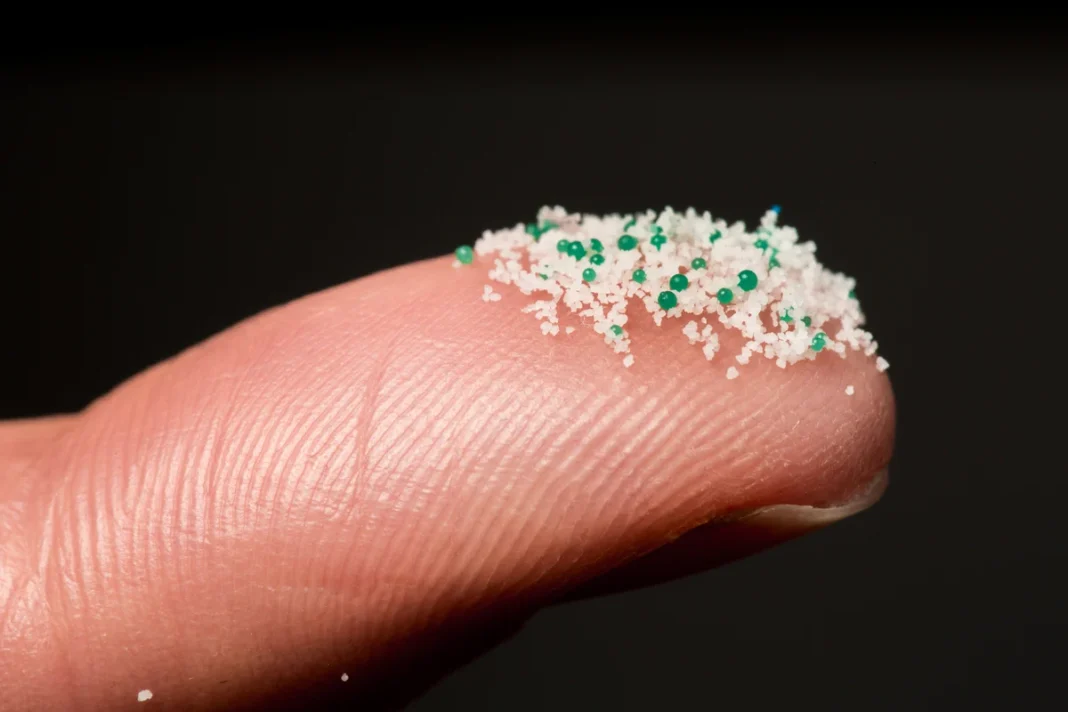7 Simple, Smart Ways to Cut Out Microbeads
By Beth Rush
If the only thing you know about microbeads is that they’re great for skincare — learning about their environmental impact will make you reconsider adding them to your grocery list again. Discover how these tiny ingredients in your facial or body scrub can cause water pollution and the smart ways to cut out microbeads from your life.
What Are Microbeads?
Microbeads are tiny plastic particles or microplastics smaller than 5 millimeters intentionally added to body scrubs, peeling and other rinse-off products. They have excellent exfoliating properties and can remove dead cells from the skin’s surface and eliminate clogs in the pores.
While they’re useful in skincare, they ruin the environment as they’re flushed and carried by plumbing lines all the way to the rivers and seas, causing water pollution.
Why Avoid Microbeads?
You should cut out microbeads because they cause many problems, affecting your health.
They harm aquatic habits: Most wastewater treatment systems can’t capture these contaminants, so they usually end up in oceans and lakes. Fish and other marine life eat them, causing an unhealthy build-up in their stomach and starving them to death.
They create pollution: Because of their tiny size, collecting them for recycling is harder, so they remain on land or floating in seas for a long time.
They are a threat to human health: Their composition enables them to adsorb toxins and transfer them to marine sources that humans consume.
An earlier study found that more than eight trillion microbeads end up in waterways daily. One mitigation measure is the implementation of the Microbead-Free Waters Act of 2015, which prohibits companies from manufacturing, packaging, and distributing rinse-off cosmetics with these contaminants.
Before the passing of this law, several states had already started banning products with microbeads. This federal rule streamlines everything about these plastics.
How to Cut out Microbeads in Your Household?
Fortunately, sustainable options pile up on beauty store shelves, so replacing your microbead-filled personal care products should be easy. Here are smart methods to reduce individual plastic use.
1. Know Their Names
These contaminants come in different names and are identifiable with these terms:
> Polyethylene (PE)
> Polypropylene (PP)
> Polymethyl methacrylate (PMMA)
> Polyethylene terephthalate (PET)
> Nylon (PA)
Jot down or take a photo of this and bring it with you whenever you shop for supplies. Visually scan if any of your bathroom products contain these ingredients. Find an environmentally friendly alternative if your face or body scrub has them.
2. Read the Product Labels
While most body scrubs now contain natural ingredients like walnut shell powder, sugar or coffee because of the ban, they may still sneak up non-rinse-off personal care products, like makeup, sunscreen and hair care items. The easiest and smartest way to sidestep them is to read the label and know your supplies.
A glance at the list of ingredients will quickly let you know if any plastics are used during manufacturing. Those that claim to shine, police or shimmer typically contain these microbeads.
3. Pick Natural Alternatives
If you’re worried about skipping exfoliation in your skincare routine — you don’t have to.
Natural ingredients are better at this job than plastics. Cut out microbeads with options like sugar, oatmeal and washcloths that can also improve skin texture and appearance minus the environmental harm.
Natural sugar or sea salt scrubs contain no harmful chemicals and do a better job of caring for sensitive, young skin. Combine them with other ingredients like honey to ramp up the benefits.
4. Support Microbead-Free Brands
Since the microbead ban in 2015, many companies have come out of the woodwork to bring sustainable alternatives to the table. These brands help improve the planet by advocating for transparency in their product ingredients. By giving your vote of confidence to these businesses, you support the environment.
5. Opt for Liquid Alternatives
Another smart method to cut out microbeads is switching to liquid skincare products, such as oil cleansers and body washes. Ensure you pick biodegradable and eco-friendly choices. Look for sustainable certifications like “zero plastic inside” or “certified organic” when buying your personal care supplies. With these labels, you can use the products without guilt.
6. Use Microfiber Filters
Microfibers are another form of microplastics — like microbeads — that easily reach the sea and rivers through doing laundry. If you want to participate in mitigating pollution, you might as well help reduce emissions by capturing these microplastics from your detergent and synthetic clothing. How?
One study in 100 homes found that installing washing machine filters distilled an average of 6.4 grams of lint per household weekly. It roughly equates to 179,200-2,707,200 microfibers per week, considerably cutting down the microplastic pollution before they’re released to wastewater.
7. Follow Legislation Against Microbeads
Staying up to date with the latest information about the legislation helps. If you’re in the loop about the subject, it’s easy to share information on social media or with friends and family and spread awareness on environmental protection. Additionally, in-depth knowledge can make you a reliable advocate for the green movement.
Cut Out Microbeads for Good
It’s challenging, but possible to eliminate microbeads in your household by choosing your cosmetics or personal hygiene products wisely. Fish sometimes mistake these floating microplastics for food, so they ingest them.
Eventually, the same contaminants make their way to your plate. Participate in making a difference by doing your part in cutting out microbeads from your life. Advocate for the green movement through proactive involvement.
About the Author: Beth Rush is the green wellness editor at Body+Mind. She has more than five years of experience writing and editing articles covering topics like sustainable transit and the importance of green spaces in urban planning. You can find Beth on Twitter @bodymindmag.
Subscribe to Body+Mind for more posts by Beth!
